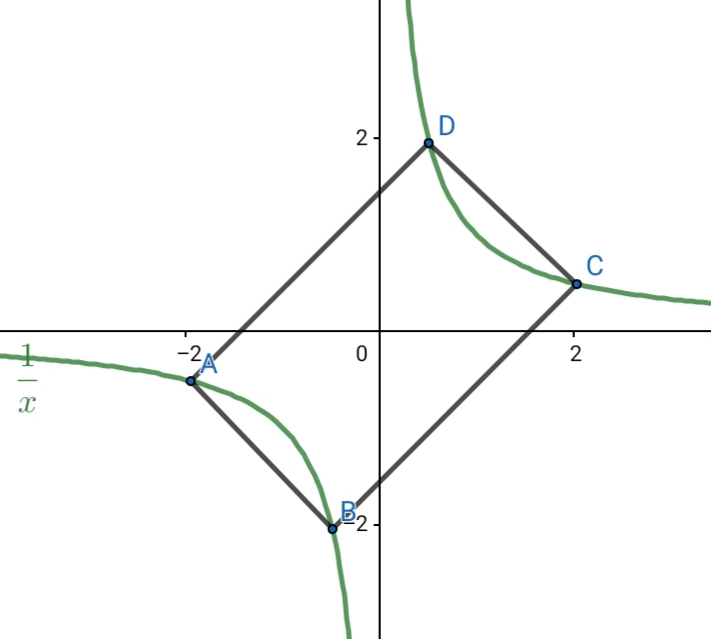
AllQuestion and Answers: Page 1564
Question Number 54068 Answers: 1 Comments: 2

Question Number 54061 Answers: 0 Comments: 8

Question Number 54051 Answers: 1 Comments: 0

Question Number 54045 Answers: 2 Comments: 1

Question Number 54034 Answers: 0 Comments: 1
Question Number 54033 Answers: 2 Comments: 1
Question Number 54032 Answers: 0 Comments: 4
Question Number 54031 Answers: 1 Comments: 0
Question Number 54029 Answers: 1 Comments: 1
Question Number 54028 Answers: 1 Comments: 0
Question Number 54025 Answers: 1 Comments: 1
Question Number 54024 Answers: 1 Comments: 0
Question Number 54022 Answers: 0 Comments: 4

Question Number 54015 Answers: 1 Comments: 0
Question Number 54013 Answers: 1 Comments: 0
Question Number 54011 Answers: 1 Comments: 2
Question Number 53998 Answers: 0 Comments: 1
Question Number 53967 Answers: 2 Comments: 1
Question Number 53966 Answers: 0 Comments: 1
Question Number 53965 Answers: 1 Comments: 0
Question Number 53956 Answers: 0 Comments: 1
Question Number 53957 Answers: 0 Comments: 1
Question Number 53950 Answers: 0 Comments: 1
Question Number 53958 Answers: 0 Comments: 0
Question Number 53963 Answers: 0 Comments: 1
Question Number 53962 Answers: 1 Comments: 3

Pg 1559 Pg 1560 Pg 1561 Pg 1562 Pg 1563 Pg 1564 Pg 1565 Pg 1566 Pg 1567 Pg 1568
